The IMF Crisis: When South Korea Faced Its Hardest Wake-Up Call
- byT.Sapphire 💙
- 2 days ago
- 0 Comments
- 5mins
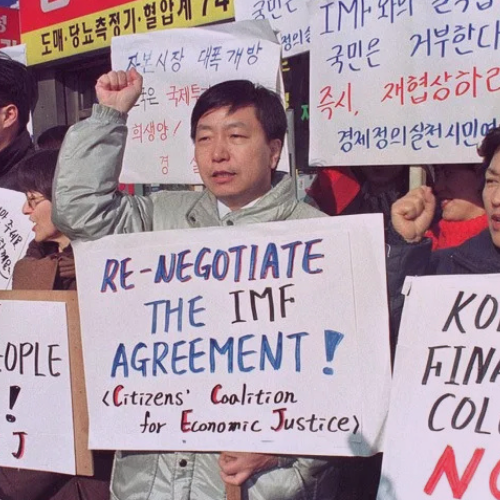
My first knowledge of the Korean IMF crisis came in the series Twenty-five, Twenty-one, and I am sure that is the case for most of us.
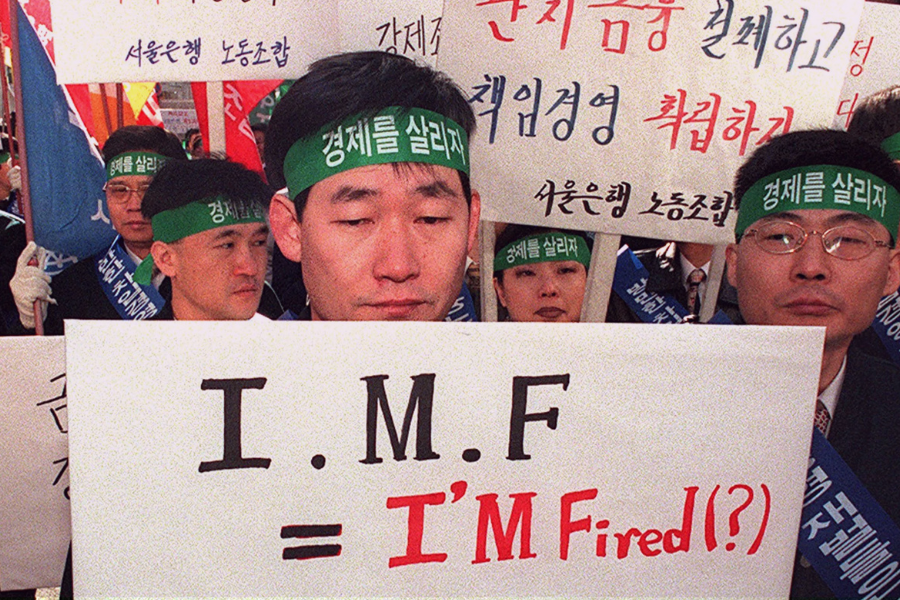
So let’s talk about the Korean IMF crisis.
In the winter of 1997, an event occurred that caused South Korea to shatter. A country that had spent decades rebuilding itself from the destruction of war found itself facing an imminent economic crisis. The world called it the Asian Financial Crisis, but for Koreans, it had a more personal name; they called it the IMF Crisis.
This was not a simple event. It involved fathers losing their jobs overnight, mothers lining up to pawn a treasured necklace that had been gifted to them, graduates being rejected from every direction they turned, and all that.
How did it start?

In the 1990s, South Korea was in an ambitious mode of rapid industrialization. There were stories about what became known as the "Miracle on the Han River." A few of the massive chaebols that contributed to this growth were Samsung Group, Hyundai Motor Company, and Daewoo Group, and they were borrowing heavily to dramatically expand their operations. In these times, the country was moving forward; everything was going well, or was it?
However, that ambition came with risk. Companies and banks borrowed as if there was not going to be a tomorrow. Firms took short-term foreign debts on the assumption that the economy would continue to boom. And, for a while, it really felt like it might. Then, the Asian Financial Crisis began in Thailand with its currency collapse. Trust in Asian countries disintegrated almost overnight. Investors began pulling their money, and South Korea was left balancing staggering amounts of foreign debt.
By late 1997, the value of the Korean Won had nearly been cut in half. Several chaebol collapsed, unemployment skyrocketed, and banks failed.
The IMF Deal
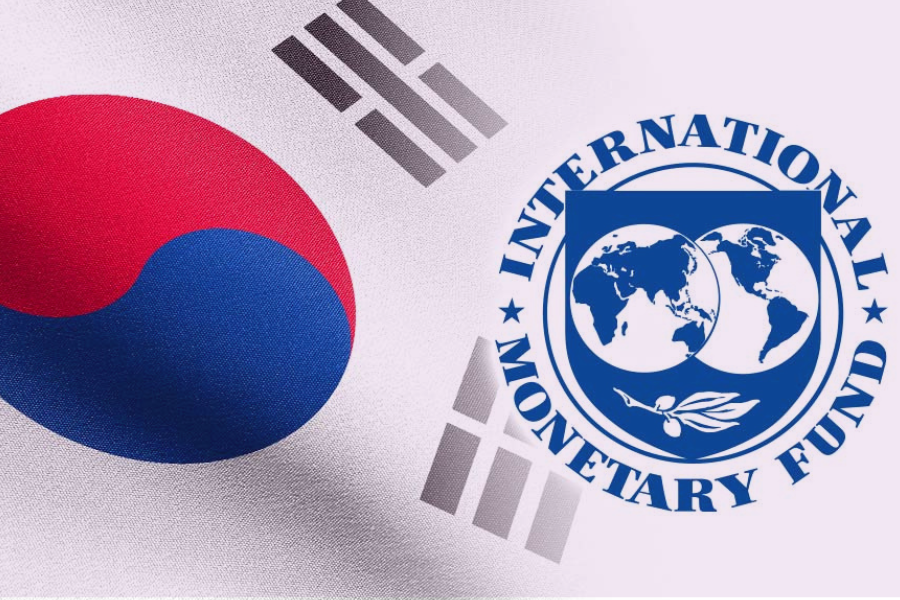
By December 1997, South Korea entered a deal with the International Monetary Fund (IMF)- a bailout of sorts. The bailout was worth 58 billion dollars and remains one of the largest sales in IMF history. However, the conditions of the deal were incredibly strict. Korea had to implement reforms to restructure the economy, liberalize the financial markets, and restructure the companies themselves.
In essence, Korea was told to open its economy to the world and tighten its belt at the same time. The implications of such policies included massive layoffs, factory closures, and reduced social protection. People refer to it as the "IMF era," given the time when that foreign institution was not just in the news, but in people's homes and in their faces.
The Human Cost

You can't talk about the IMF Crisis without addressing the experience of the people who lived through it. Unemployment rose from under 3% to nearly 8% almost overnight. While that might sound like simply a number, behind it were parents barely being able to feed their children, couples putting off wedding plans, and young people abandoning their ambitions because survival was the priority.
One of the most unforgettable scenes from this period was the nationwide gold collection campaign. Ordinary citizens lined up to donate gold jewelry, wedding rings, family heirlooms, and medals. Over 200 tons of gold were collected to help pay off the national debt. It wasn’t just charity; it was national solidarity.
The Aftermath and Recovery
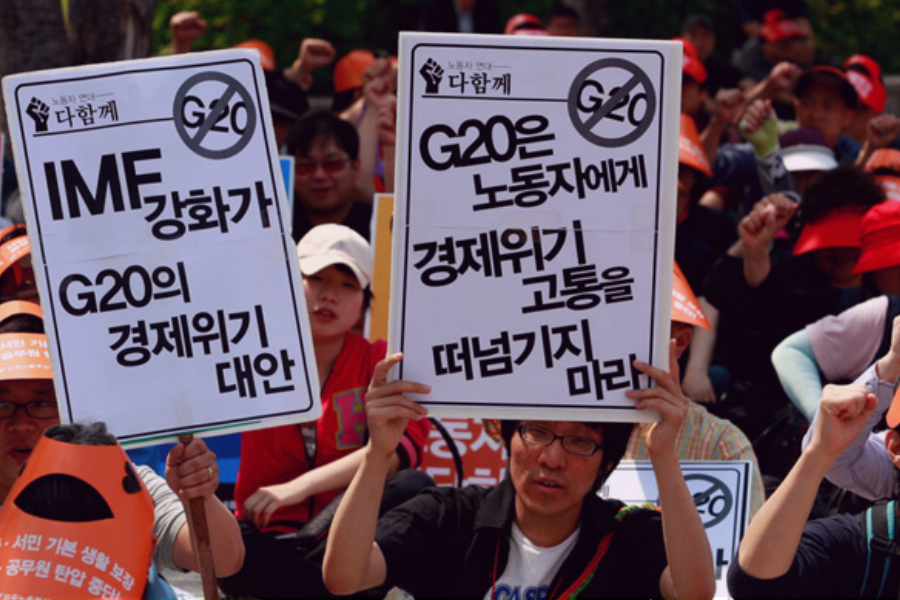
Here's the aspect of this time that gets lost: Korea didn't stay down. The pain was real, but the comeback was as well. The country wisely restructured industries, worked to clean up its financial industries, and paid back the IMF loans in advance of repayment dates.
But the scars didn’t fade easily. Even after the economic numbers bounced back, the job market remained competitive, the corporate culture hardened, and many families who lost everything never fully recovered. The crisis left behind a generation with mixed memories: pride in national resilience and bitterness at the cost it demanded.
A Legacy That Still Resonates
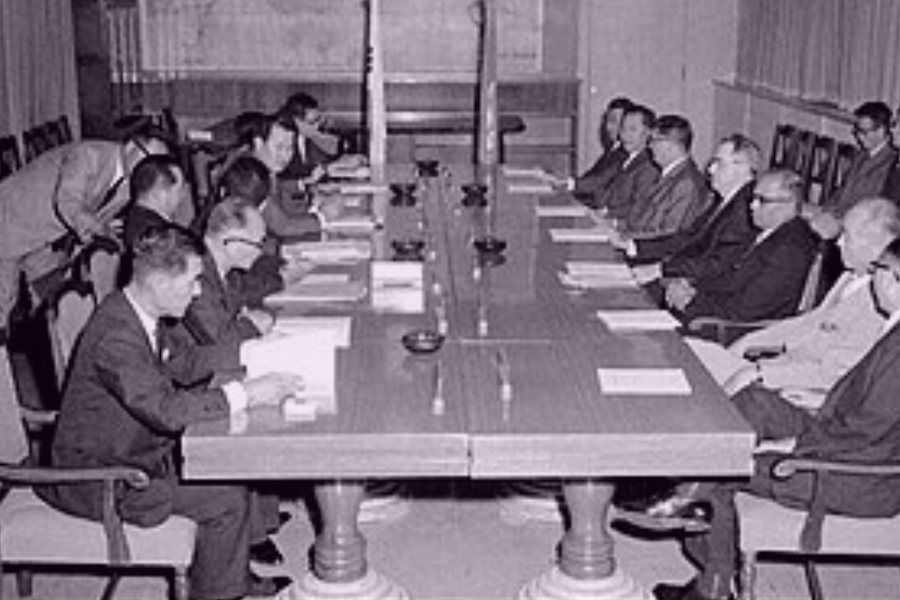
When you ask an older Korean about the late 90s, their eyes may shift a little, even today. Some will remember it as a dark time, others will define it as moments of Korean unity. It changed how it is now assumed that job security, savings, and national pride are viewed. The crisis altered how Korea approached globalization and economic risk.
It is no wonder that K-pop may be blasting, the tech industry may be flourishing, and Seoul may be glowing more than ever; yet underneath that glow is a collective memory of a time when everything almost fell apart.
The IMF Crisis was not only an economic problem. It was an issue of fear, pride, sacrifice, and resilience: A reminder that behind every "miracle economy" there are real people who bore the burden of sustaining it.
T.Sapphire 💙
T. sapphire is a writer who found her love for the Hallyu wave after watching the historical drama “Jumong.” She is mainly interested in Korean dramas and the history of Korea at large. Explore her pieces as she takes you on a journey through K-Drama recommendations and keeps you informed about the history of the Korean people.
0 Comment(s)
Related Posts
Daily Newsletter
Get all the top stories from Blogs to keep track.





Leave a comment